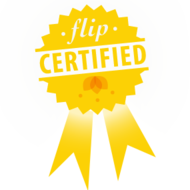Most of the kids in class were already familiar with the basic workings of the classic Milton Bradley board game, so adapting it to simplified rules worked well for our class. I provided the students with a game board template and we devoted the first day to labeling the spaces on the board with realistic events. Students also created types of currency specific to their culture and region to replace the fake money used in the game.
You can find several great game board templates here.
As far as a grading rubric, I required that students fill the spaces with accurate and appropriate facts and life events and that they decorate the background with authentic scenery and objects, create a directions sheet, and make currency bills based on traded objects.
Even though each group was working with the same template, each game was unique. The students created different rules, different currencies and different situations. One of primary goals in teaching Native American cultures was to ensure that the students understood the diversity of environments and cultures. Many people assign various stereotypes to American Indian cultures or combine aspects from different cultures into one inaccurate perception. With these games, however, there was no question that the experience of being Hopi, Iroquois, Kwakiutl or Cheyenne were very distinct and that their environments and ways of life were tremendously different.















